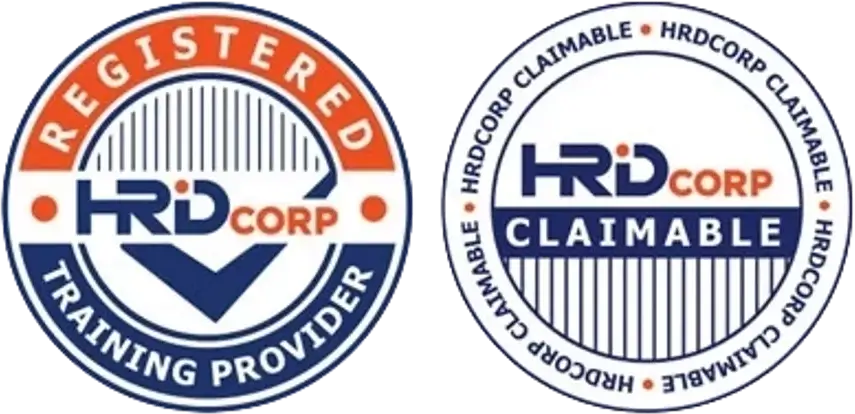What Is an HACCP Certified Company?
An HACCP (Hazard Analysis and Critical Control Points) certified company demonstrates its commitment to food safety by implementing a structured system to identify, assess, and control food safety hazards. This blog explains what it means to be an HACCP certified company, with 70% point-form content to enhance your website’s SEO.

Definition of an HACCP Certified Company
- Food Safety System:
- A business that has implemented a food safety management system based on HACCP principles.
- Certification Process:
- Verified by a third-party certification body to ensure compliance with HACCP standards.
- Scope of Certification:
- Applicable to food manufacturers, processors, distributors, and other entities in the food supply chain.
Key Characteristics of an HACCP Certified Company
1. Commitment to Food Safety
- Prioritizes the health and safety of consumers.
- Actively works to prevent foodborne illnesses and contamination.
2. Implementation of HACCP Principles
- Conducts hazard analysis to identify potential risks.
- Establishes critical control points (CCPs) to manage these risks.
- Sets critical limits, monitoring systems, and corrective actions.
- Ensures ongoing verification and record-keeping.
3. Compliance with Regulations
- Meets local, national, and international food safety standards.
- Adheres to guidelines set by regulatory authorities such as:
- FDA (U.S.)
- EFSA (Europe)
- Codex Alimentarius Commission.
4. Third-Party Certification
- Undergoes audits and inspections by accredited certification bodies.
- Maintains certification through periodic reviews and compliance.
Benefits of HACCP Certification for Companies
1. Enhanced Food Safety
- Prevents contamination and ensures safe products.
- Reduces the risk of foodborne illnesses.
2. Regulatory Compliance
- Avoids penalties and ensures smooth operations.
- Meets export and import requirements for global markets.
3. Improved Customer Confidence
- Builds trust among consumers and stakeholders.
- Demonstrates a commitment to quality and safety.
4. Competitive Advantage
- Differentiates the company from competitors.
- Attracts clients and business partners who value certified processes.
5. Operational Efficiency
- Streamlines processes by identifying and mitigating risks early.
- Minimizes waste, recalls, and downtime.
Examples of HACCP Certified Companies
1. Food Manufacturing Companies
- Factories producing packaged foods, canned goods, and beverages.
2. Food Processing Facilities
- Companies handling meat, dairy, seafood, and fresh produce.
3. Food Service Providers
- Restaurants, catering companies, and food delivery services.
4. Supply Chain Businesses
- Distributors, wholesalers, and cold storage facilities.

Steps to Become an HACCP Certified Company
1. Develop an HACCP Plan
- Conduct a hazard analysis and identify CCPs.
- Create a structured plan outlining procedures and limits.
2. Implement the HACCP System
- Train staff on HACCP principles and their roles.
- Install monitoring systems and establish corrective actions.
3. Prepare for Certification
- Conduct internal audits to identify and address gaps.
- Gather necessary documentation for the certification process.
4. Undergo Third-Party Audit
- Schedule an audit with an accredited certification body.
- Address any non-conformities identified during the audit.
5. Maintain Certification
- Continuously update the HACCP system as needed.
- Participate in periodic audits to ensure ongoing compliance.
An HACCP certified company is a trusted entity that ensures food safety through a rigorous system of hazard identification, control, and monitoring. Certification not only enhances food safety but also provides regulatory compliance, customer confidence, and a competitive edge. If your business is in the food industry, pursuing HACCP certification is a step toward operational excellence and consumer trust.


